The Truth about Silicone, Sulfates, and Parabens (Part 3)
Posted by Margaret Barnhart on 2nd May 2017
The Truth about
Silicone, Sulfates, and Parabens.
Rooted in science, a strong marketing trend pushing natural and organic
products has quite literally taken over the shelves at cosmetics stores across
the globe. As we see new packaging touting “Paraben Free”, “Sulfate Free”, and
“Silicone Free”, we wonder why companies are advertising the absence of these
ingredients as a good thing. With conflicting evidence in studies and anecdotes
across the web we wanted to do our own research and provide you with working
knowledge of the effects of these ingredients that have recently become taboo.
In this three part blog series we will be covering three of the most talked
about ingredients in hair care: Silicone, Sulfates, and Parabens.
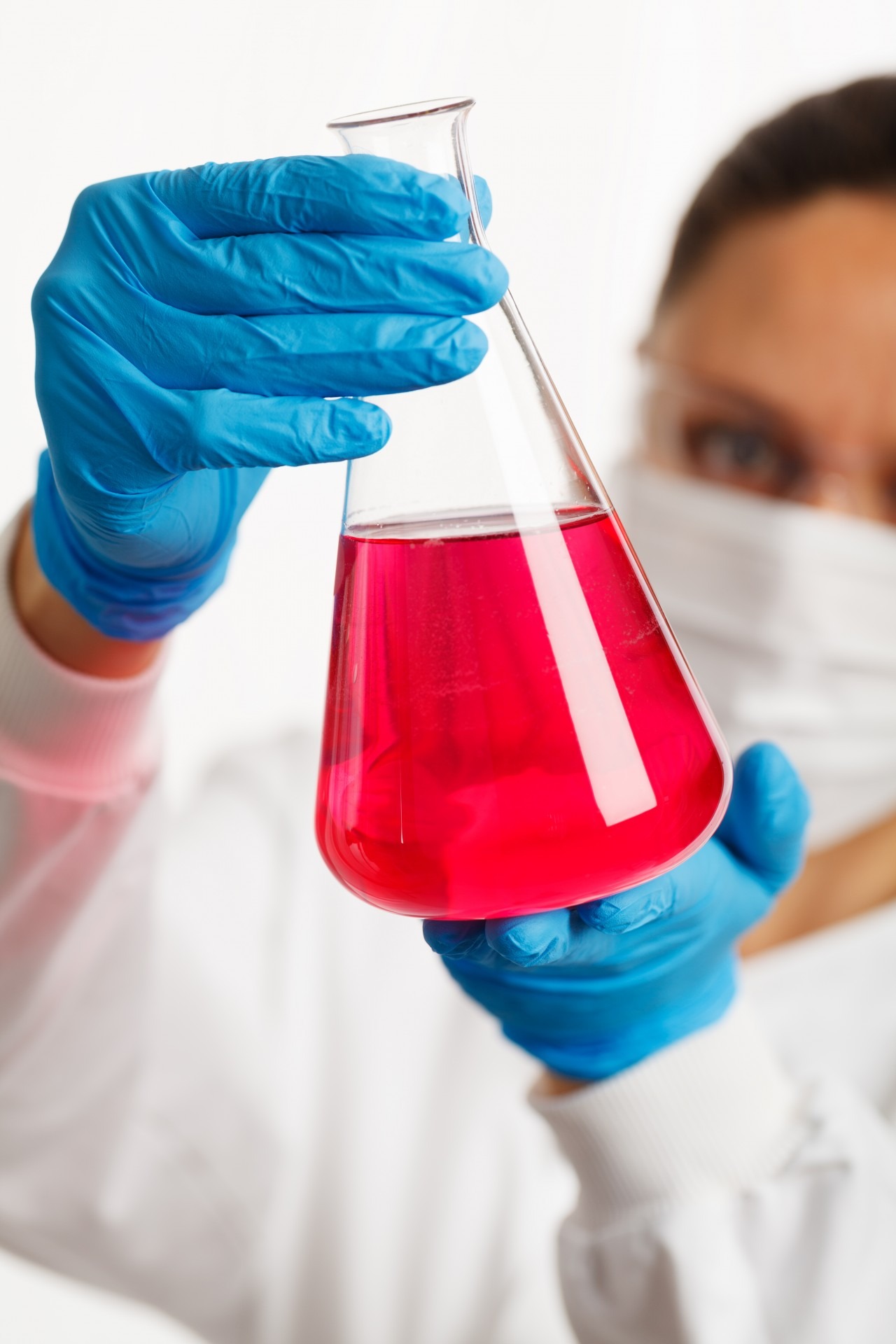
Part 3: Parabens
Fast Facts:
• Used as a preservative in hair products and cosmetics
• Widely used due to low cost
• Chemical make-up can mimic estrogen
• Most common varieties are easy to spot in ingredients lists as –paraben is
the suffix
• Some parabens/paraben-like molecules exist in natural foods and plants in extremely minimal amounts (thousandths
of a percent)
• Small amounts can be metabolized and out of our systems within 36-72 hours
Fear Factor: Do
parabens contribute to cancer growth?
In the 90s parabens were classified as xenoestrogens, or estrogen mimicking
agents. Even when applied in small amounts, the cumulative effects of repeated
exposure to hormone disrupting chemicals has been linked to cancers, with
estrogen disruptors, like parabens, being linked to breast cancer.
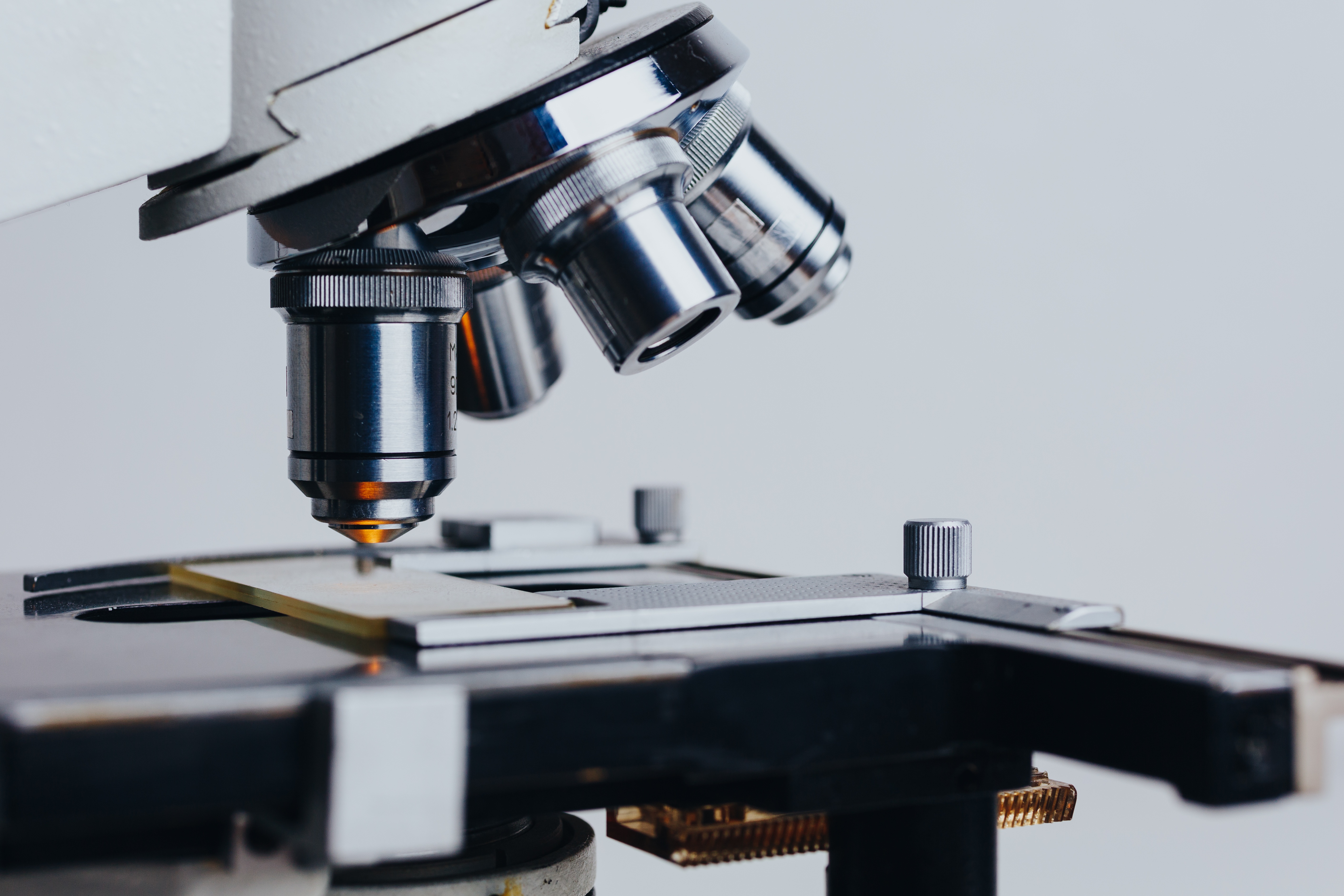
An unbiased study?
Dr. Philippa Darbre, a british oncology researcher, is well known in the field
of medical research as leading the paraben-cancer study in 2004. The results of
this study sparked major concern over the safety of parabens as the test
results indicated a definite presence of parabens in malignant breast cancer
tumors. However, skeptics of the study raise two concerns, the controls were
lacking as no healthy breast tissue was tested for evidence of parabens and the
mere presence of parabens in cancerous tissue doesn’t necessarily mean they are
the cause of the cancer.
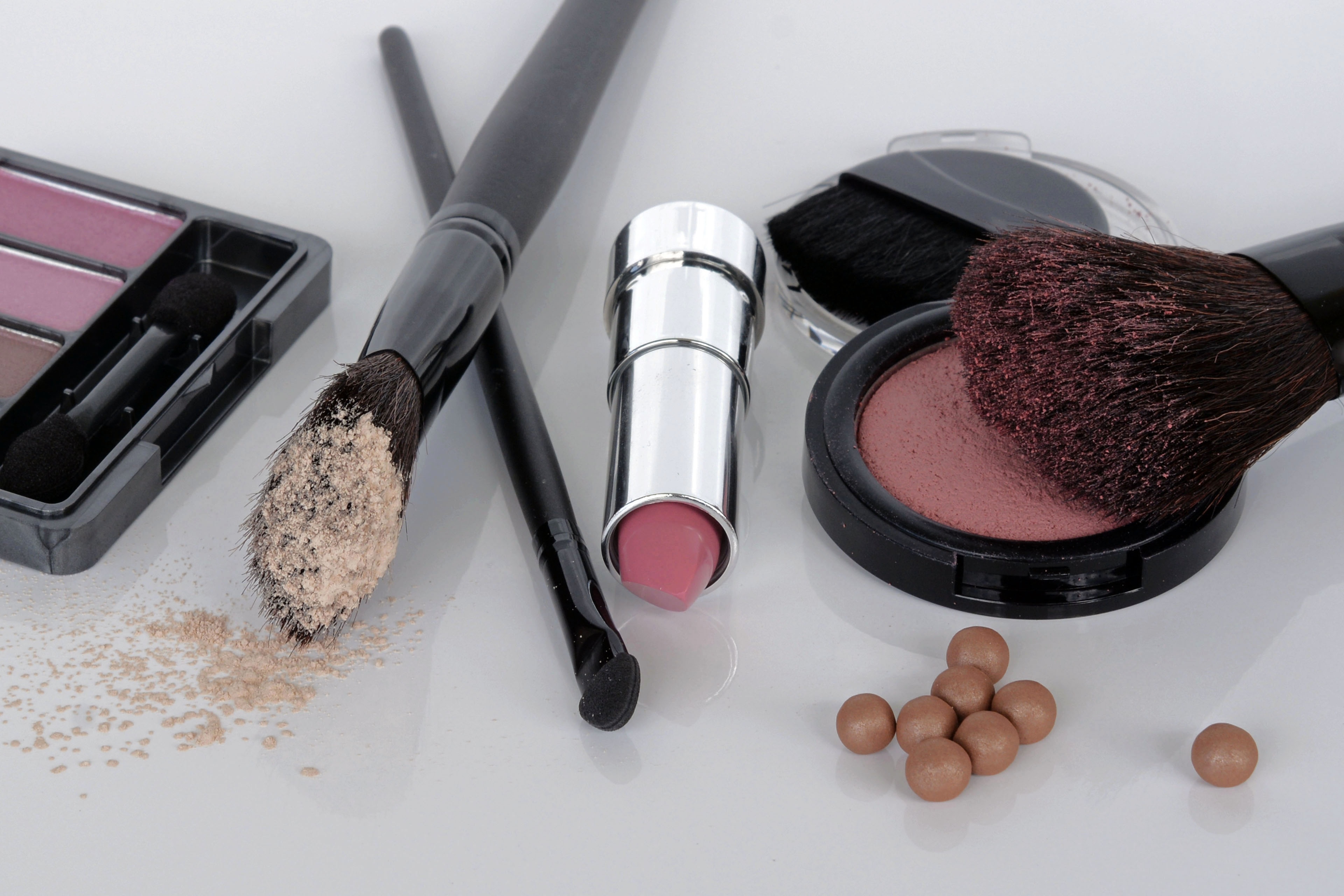
Hot… Cold… or Mold?
The low cost of parabens makes them an economical and efficient choice for
cosmetics manufacturers looking to add a preservative to their product. If left
untreated, mold and bacteria would flourish in warm, wet environments. Parabens
inhibit that growth and without any preservatives we’d have to store our
cosmetics in the refrigerator.
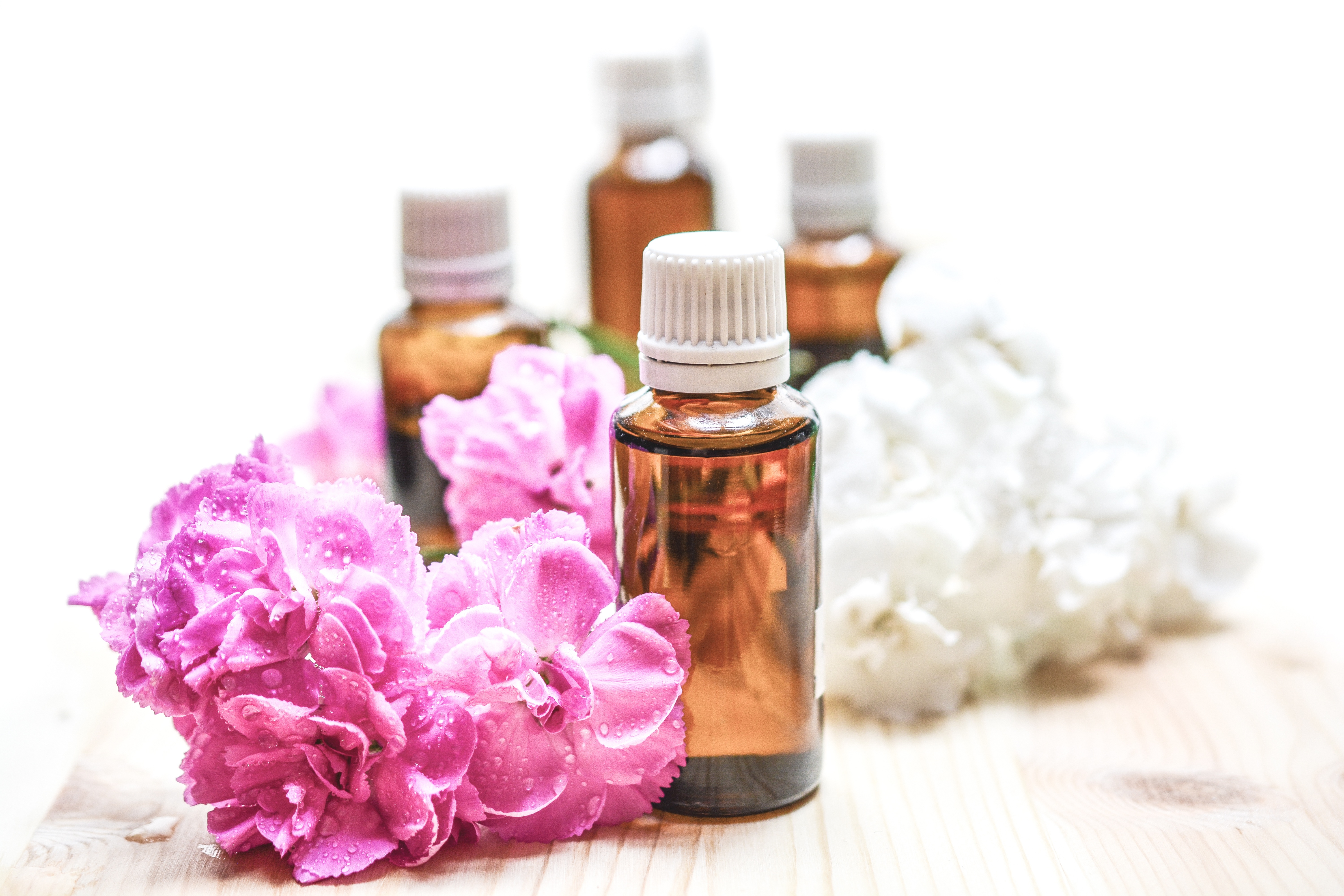
Alternatives?
At this time there is insufficient evidence to prove a direct link to parabens
and cancers, but trends and consumer demand are causing companies to remove or
begin phasing out the use of parabens. There are numerous alternatives
available, but the efficacy and safety of some of the alternatives have come under
speculation as well. A few of the popular alternatives are:
- Natural herbs, vitamins, and oils-This is a definite selling point for manufacturers targeting the eco-conscious market, but it’s important to know that, while effective, several of the oils, herbs, and vitamins used as preservatives are only effective in the short term, we’re talking a year or less. These preservatives also have to be used in large quantities in order to be effective enough to halt bacteria or fungus growth, if you have sensitive skin this could result in irritation.
- Phenoxyethanol-Derived from alcohol, this effective and cost-efficient alternative to parabens has been approved for safe use in cosmetics and foods but has raised some concerns as it potentially has carcinogenic properties.
- Sodium Benzoate- A preservative found naturally in foods and used as ingredients in several food items, this is a natural alternative to parabens that is not expensive to produce. A valid concern for the use of Sodium Benzoate is its ability to produce a known carcinogen, benzene, when used in conjunction with small amounts of vitamin C (ascorbic acid) and exposure to warm conditions. To counteract this benzene reaction either the vitamin C (ascorbic acid) levels should be increased, or the pH level of the cosmetic should be increased. The only real fear here is potential effects of repeated exposure, as the amounts of benzene that could potentially be present in cosmetics are extremely small or non-existent.
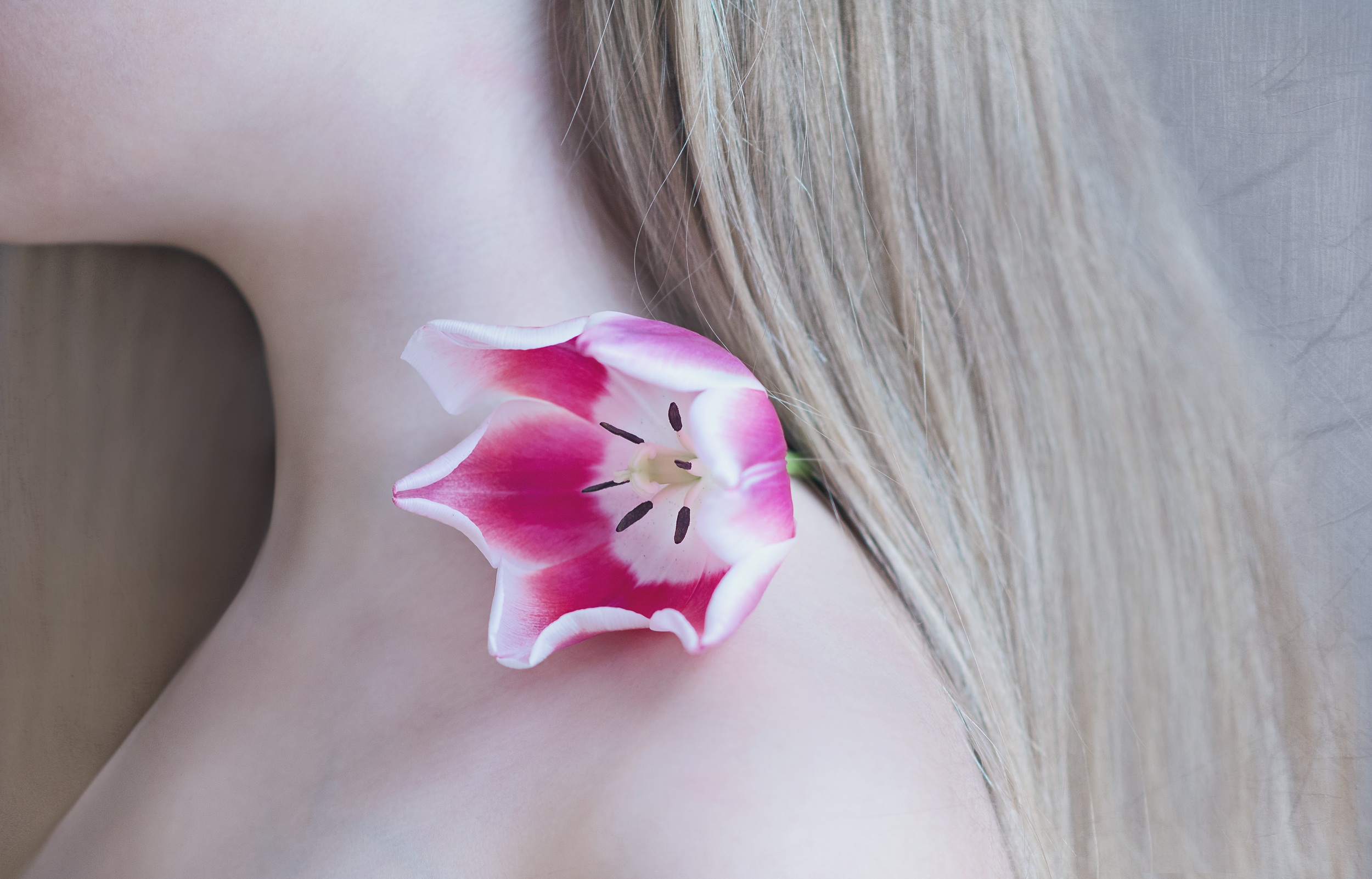
Ultimately, the use or avoidance of parabens in personal care products is a personal choice. The current alternatives may be safer, but pose some safety concerns as well. Before you go out of your way to avoid them or decide to ignore the ingredients lists all together, it’s important to research the ingredients that are concerning you and make an informed decision.
*As a disclaimer, each of the 3 ingredients (silicone, sulfates, and parabens) have been approved for use by the FDA in the levels currently found in cosmetics.

